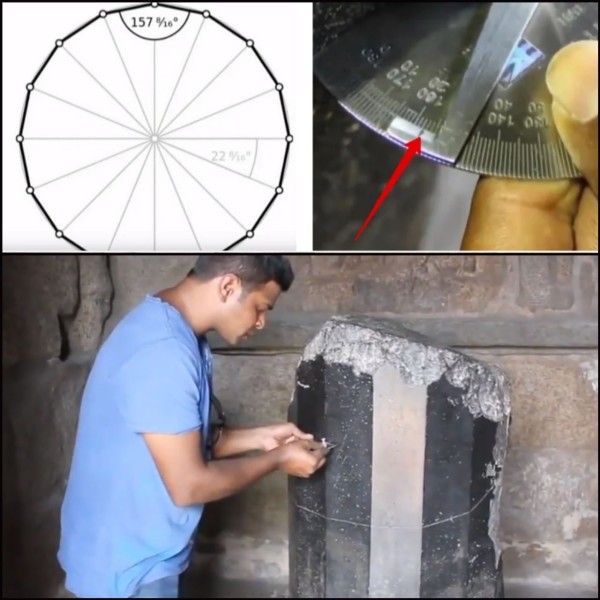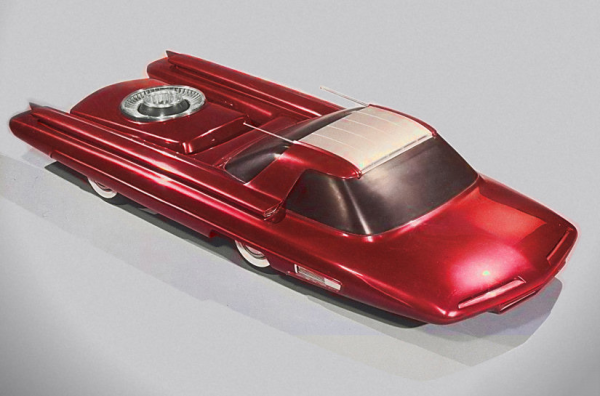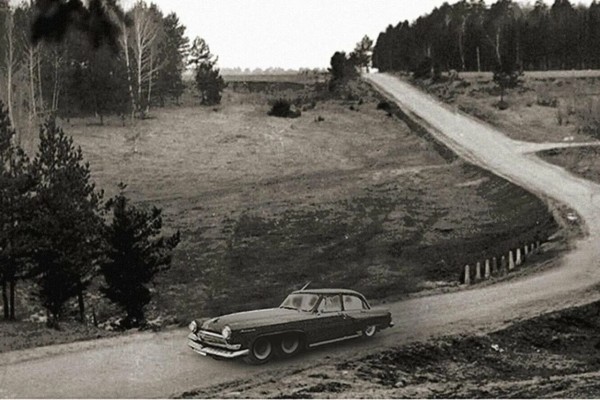NASA to Launch Three ‘Sounding Rockets’ During Total Solar Eclipse — Project Named After the Egyptian God of Darkness and Chaos
In one of the oldest Indian temples, Mahabalipuram, there is a basalt pillar about 1.5m high (original height - 4m). Unlike other artifacts, the pillar was lucky to be surveyed and measured by researchers.
Let's start with the fact that the pillar with 16 faces is made of basalt (6-7 points on the Mohs scale). On the left - the calculations on the model needed in order to withstand perfectly even edges. On the right - the results of measurements, exactly 157.5 °, as in the calculations.
Historians suggest that the stone masons of the time executed perfect and precise calculations, measured once and cut once using a hammer and chisel, an amazing feat of engineering without a single error, maintaining a tolerance of less than 0.5 °
I wonder if we could do this today?
Fifteen years earlier than the Russian "Volga Atom," Ford developed a concept car called the "Ford Nucleon". This nuclear-powered automobile was designed, according to Ford, based on the assumption that future nuclear reactors would be smaller, safer, lighter and more portable.
The "Ford Nucleon" traveled 5,000 miles (over 8,000 km) on one core! The model consisted of a reactor, called the “power capsule”, which contained a radioactive core. The core could be interchanged by the driver, depending on the requirements of performance and the distance.
Nuclear powered car
In 1965, Soviet scientists released the Volga Atom car with an atomic engine with a capacity of 320 horsepower (a lot for that time). The motor weighed 500 kilograms, so there were 4 wheels in front.
Initially the car could not be refueled yet the Volga Atom traveled 60,000 kilometers (37,282 miles) on a single engine.
Soviet scientists later created an engine with gas-phase fuel in the form of uranium hexafluoride instead of solid uranium, and the new version of the car had a range of 40 thousand kilometers (24,854 miles) per tank of uranium hexafluoride.
When Khrushchev retired, the machines were dismantled, and research in this area ceased.








-
·
·Now we are getting somewhere! Maybe a coating for high speed travel?